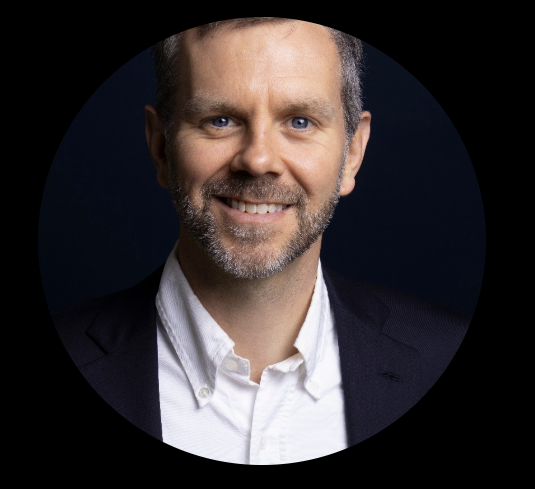 What supply chain strategy or technology is going to put your organization over the edge?
What supply chain strategy or technology is going to put your organization over the edge?
The potential answers to that question drove the premise of SCMR’s Next Gen Supply Chain conference, which we had the privilege to attend last month. Most presentations were geared towards digital transformation and automation, but we found that the things that impacted us the most were much more basic and human-oriented.
With that in mind, we’d like to share the most helpful takeaways from our two favorite discussions.
The first featured Mark Shirkness, a supply chain practitioner and VP of Distribution at GE Appliances. He had many insights about the transformation his company embarked on when Haier purchased GE Appliances in 2016. The goal was to become #1 at the customer experience level in the appliance space, and Mark did share a few of the innovations they’ve implemented. However, we felt the major takeaways came from the main focus of his speech: the culture GE Appliances sought to build.
Mark touched on three key principles:
1. Search for ideas anywhere in the world!
2. Get the most diversity possible in your thought processes.
3. Have the courage to take big swings.
Wait—I came to a supply chain technology conference to learn about tech…and instead, got culture/leadership principles? Perhaps not so surprising, after all.
In addition, Mark focused on their “north star” vision: the consumer’s experience and how it ought to shape operations. He talked about how Amazon and others are shaping consumer expectations with one-click, and how that impacts B2B players. We are now being defined by what the B2C world is doing (i.e., simple consumer interfaces!). We must continue to rise and play to those expectations—our B2B customers are consumers and they are being conditioned for simple actions, not signing on paper in triplicate.
The second speaker who resonated was Torston Pilz, Chief Supply Chain Officer at Honeywell. Several years ago, Honeywell decided to transition from an industrial manufacturing company to a software company. Torston spent time talking about how they’ve stuck to the strategic plan they built together; it was interesting to hear how flexible they feel day-to-day, but how much they’ve adhered to the overall vision and pillars of their plan. From what we could surmise from a talk, here are some of the pillars:
-
Build capabilities. Capabilities first, then choose technology(ies).
-
De-layer the organization. Executive leaders need to be closer to the action.
-
Democratize the data. Make it available from the facility floors to the leadership teams. It builds a source of truth. Work to develop trust so you hear truth from all levels of leaders.
-
Take care of your people. When you are changing processes and technologies, of course you must augment skills with training.
-
Start with supply chain structure and footprint simplification. For example, Honeywell went more local, reducing the number of partnerships they had.
-
Improve your processes. Automation matters. Don’t make decisions just on cost reduction; gain speed, agility, resilience. As an automation company, you’d hope this would be true internally!
Honeywell is after what he described as “the holy grail” of supply chain: a perfect connection between demand/need and supply. While not there yet, Torston does believe the processes and enabling technologies exist to achieve it in today’s world.
The whiz-bang of the conference was interesting, but these leaders brought the clarity. They were honest, pointing out there is no magic technology or capability change. Effective change starts with core principles and a plan that writes the cultural DNA into the fabric of the organization and our people. Significant change doesn’t happen without these principles. Sobering, yet inspiring stuff.
Would your team be able to write down 4-5 key principles that drive their strategy or operating DNA? If not, you may have one of your New Year’s resolutions written for you.


 Ryan Lynch
Ryan Lynch

